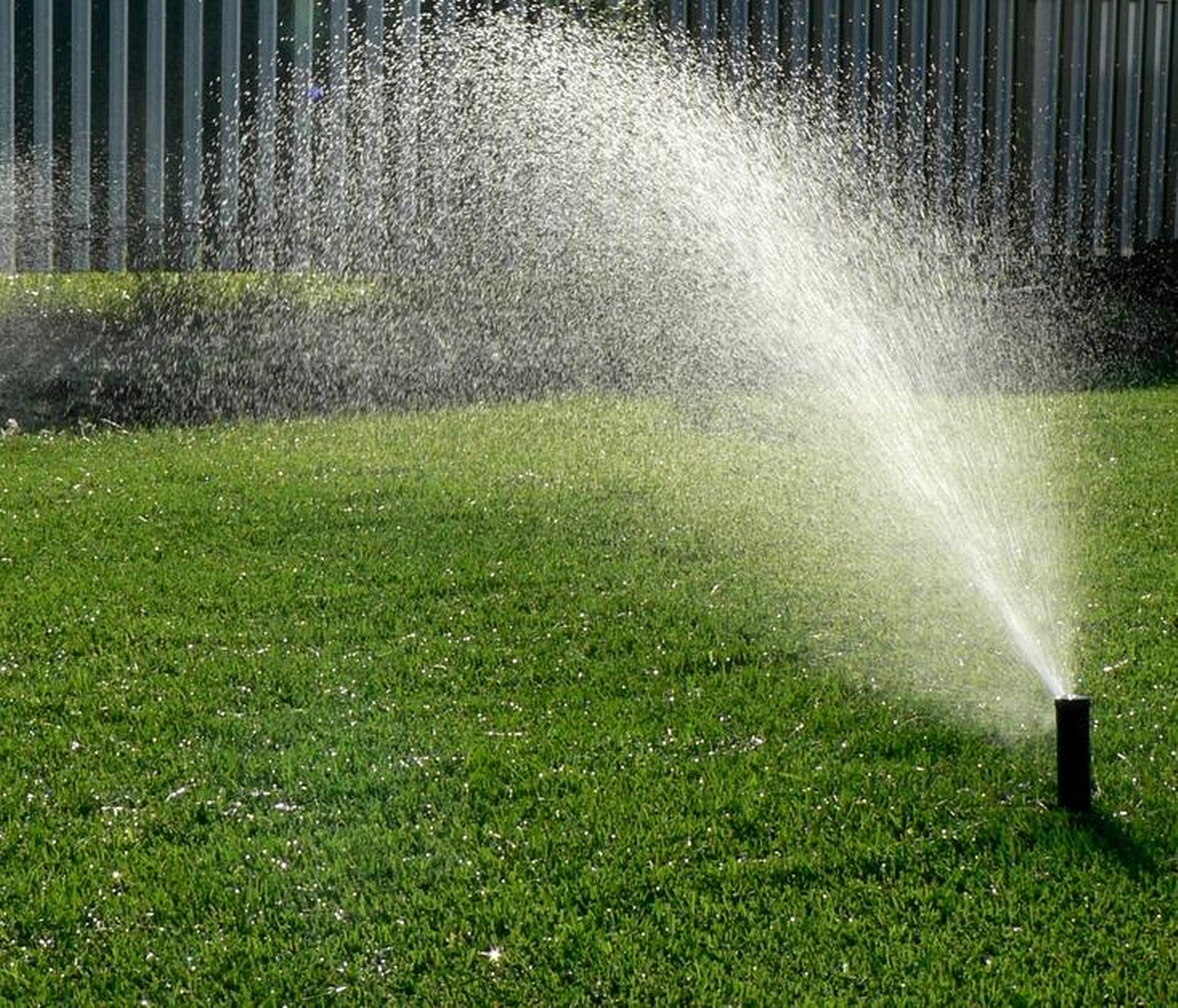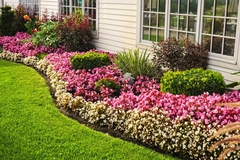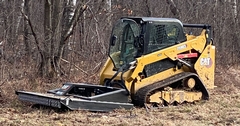Top 7 Drought-Resistant Plants to Transform Your Garden: A Guide for Water-Conscious Homeowners

Did you know that landscapes consume more than half of the water usage in an average American home? As climate change leads to increasingly erratic weather patterns, water conservation is becoming more critical than ever. For residents of Central and Northern Wisconsin, where variable climate is the norm, maintaining a lush, vibrant garden without guzzling water can seem like an uphill battle. But what if you could reduce your water bill and environmental footprint while keeping your garden visually appealing? The solution lies in choosing drought-resistant plants.
In this guide, we will explore the top seven drought-resistant plants that can transform your outdoor space into an oasis of sustainability. By selecting these hardy species, you'll not only embrace eco-friendly gardening but also enjoy a thriving garden in even the driest seasons. Read on to discover how you can combine aesthetic beauty with resource efficiency in your landscape design.
The Importance of Drought-Resistant Plants
Drought-resistant plants, known for their ability to withstand dry conditions with minimal watering, are increasingly popular among eco-conscious homeowners. These plants are not only key to sustainable gardening but also help significantly reduce your landscape maintenance efforts. By incorporating such plants, you contribute to the preservation of local water resources while ensuring your garden remains beautiful year-round.
Why It Matters in Wisconsin
In cities like Madison and Green Bay, homeowners have faced fluctuating water availability due to inconsistent rain patterns. Adopting drought-resistant plants can relieve the stress on municipal water systems and your wallet. In fact, implementing smart landscaping choices can cut water usage by up to 50%, offering substantial savings.
Top 7 Drought-Resistant Plants
1. Lavender (Lavandula)
Lavender is celebrated for its striking purple blooms and enchanting aroma. This Mediterranean native is exceptionally resilient to dry conditions, needing only well-drained soil and occasional watering once established.
Planting Tips:
- Choose a sunny spot with good air circulation.
- Ensure soil is low in organic matter for optimum growth.
2. Coneflower (Echinacea)
Echinacea, or coneflower, is a standout with its vibrant colors and long-lasting blooms, beloved by pollinators and gardeners alike. It's remarkably drought-tolerant once it takes root.
Planting Tips:
- Plant in spring for best growth.
- Mulch to retain soil moisture and suppress weeds.
3. Succulents
Known for their fleshy, water-retaining leaves, succulents offer a modern aesthetic and come in endless varieties. They require minimal care and thrive on neglect.
Planting Tips:
- Ensure pots have drainage holes.
- Use a cactus or succulent-specific soil mix.
4. Russian Sage (Perovskia atriplicifolia)
Russian Sage captivates with its silvery foliage and delicate blue flowers. This plant is not only drought-resistant but also deer-resistant-ideal for protecting your garden from local wildlife.
Planting Tips:
- Prune in early spring to manage growth.
- Pair with other sun-loving plants for a cohesive look.
5. Yarrow (Achillea millefolium)
Yarrow is valued for its feathery foliage and flat clusters of flowers. It's a versatile plant that thrives in dry climates and attracts beneficial insects.
Planting Tips:
- Plant in full sun for best results.
- Avoid rich soil to prevent leggy growth.
6. Sedum (Stonecrop)
Sedum, known as stonecrop, offers a variety of shapes and colors throughout the year and is perfect for ground covers and rock gardens.
Planting Tips:
- Install it in well-drained soil.
- Water occasionally during dry spells.
7. Blue Oat Grass (Helictotrichon sempervirens)
This ornamental grass provides a striking visual element with its blue-gray blades and rounded shape. It remains resilient through drought conditions and frost alike.
Planting Tips:
- Plant in clumps for visual impact.
- Trim back in late winter to promote growth.
Benefits of Drought-Resistant Landscaping
Transitioning to a drought-resistant garden is not only a sustainable choice but also a smart financial decision. Here's why:
- Cost Saving on Water Bills: Reduce reliance on municipal water and lower monthly water expenses through efficient plant choices.
- Low Maintenance: Spend less time and resources on upkeep, allowing your garden to thrive with minimal intervention.
- Environmental Impact: Contribute to local biodiversity by creating habitats for pollinators and reducing resource consumption.
Get Help to Get It Done Right
Incorporating drought-resistant plants into your garden design can dramatically improve its sustainability and appeal. As you've discovered, these species can manage water wisely, reduce your environmental impact, and enhance your garden's aesthetics.
Eager to start your sustainable landscaping journey? Contact Beaver Creek Nursery & Landscaping today for personalized guidance from industry experts. Transform your outdoor space into a thriving, water-conscious paradise. Explore our landscaping services in Marshfield and the surrounding area and see how we can help bring your garden visions to life.

